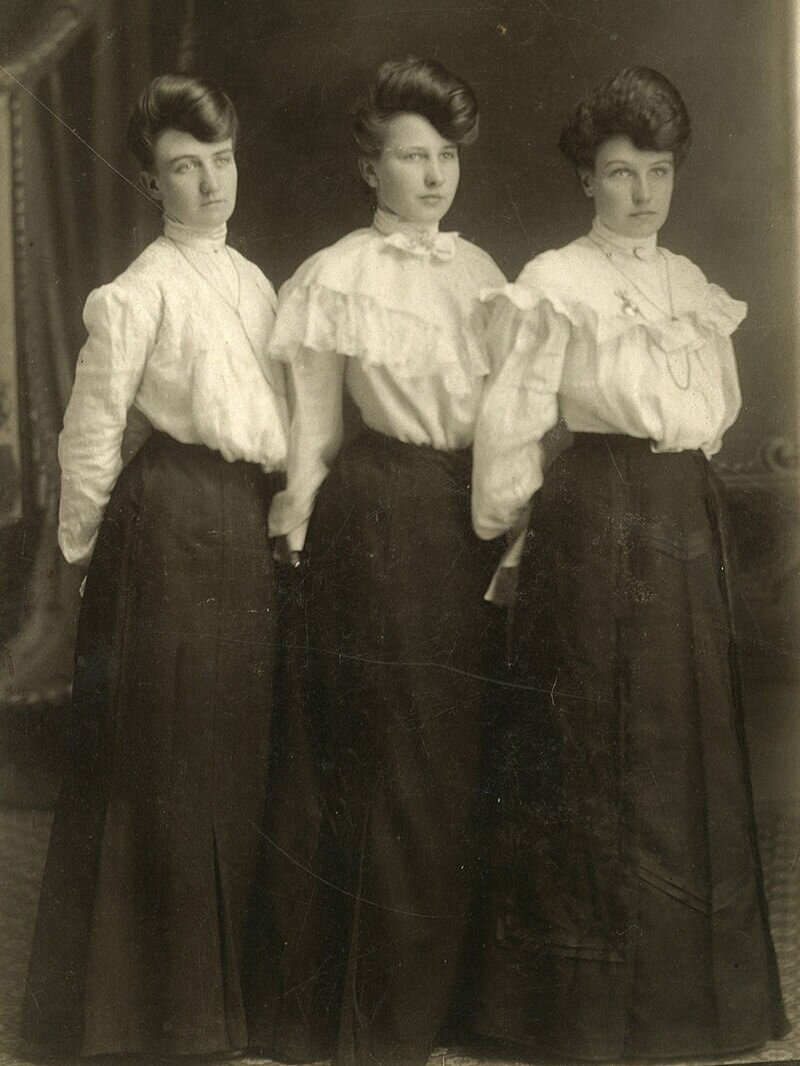As you know, Bohemian Crystal and Czech art glass has long been revered internationally for its workmanship and beauty. But did you know that the influence of early Hollywood stars led to the boom in popularity of Bohemian Crystal in America?
A short video of ice skaters in Central Park in 1902. With the rise of leisure, Americans spent more time doing activities such as this in their free time.
After the Industrial Revolution, the tempo of life was increased, meaning more work could be done in less hours in many industries. This led to progressive movements to work shorter work weeks and invest in leisure. While this life of leisure saw a rise in popularity of many activities from ice skating to touring new National Parks, it also gave rise to a whole new era: the Golden Age of Hollywood. In the devastating wake of the First World War, American culture took a sharp turn toward the lighthearted. With this came silent movies in the 1910s-late 1920s, followed by the development of audio technology, which led to the creation of actor-voiced “talkies.”
In these classic films, beautiful women are swept off their feet by modern men who work hard to earn their place in society. The characters are well-defined, action-oriented tools of the narrative. But more than that, the actresses became celebrity icons of culture, parading in beautiful costumes and adorning their ornate homes with enviable things, including handmade imported Bohemian Crystal boudoir accessories and perfume bottles. You may recognize some of these paragons of classic American culture, including Liz Taylor, as they pose below with perfume bottles and crystal pieces on their vanities.
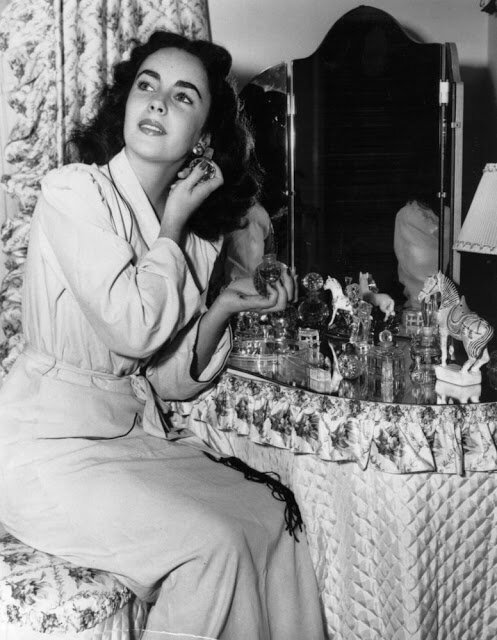
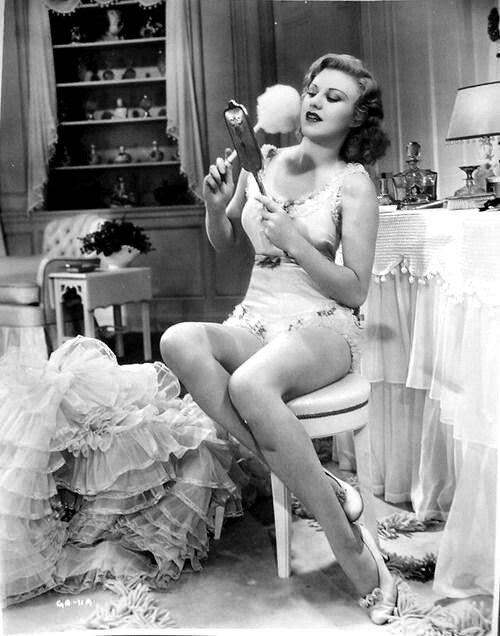
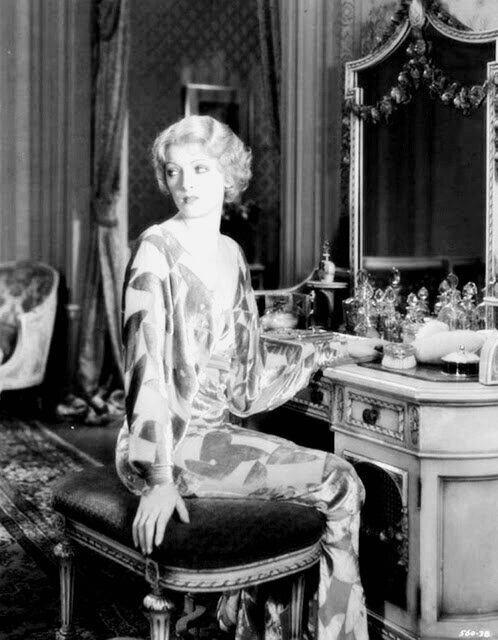
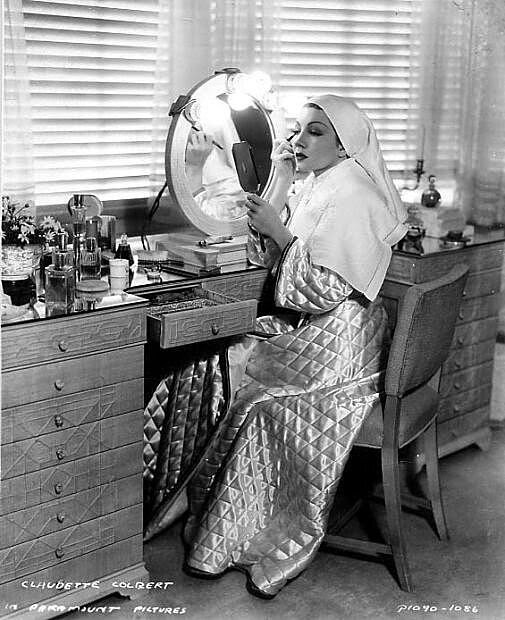
Eventually, as is the case with many cultural phenomena, these new fashions trickled down from the icons of cinema to the everyday American. This meant a change in popular trends, including shortened skirts to above the ankle for the modern working woman in the 1920s (below) and a shift toward the popularity of luxury items. This appreciation for the finer things was enjoyed by all in contradiction to the devastation resulting from the First World War.
As previously mentioned, Bohemian Crystal (and other goods) became widely exported to the United States in the late 1920s. Even when the Great Depression hit, small boudoir items were affordable enough to be purchased by almost anyone.
In the importer’s ad to the right, you can see that perfume bottles and stoppers were commonly retailed for one or two dollars. In 1939, the average total American family income was $23.67 per week. Because of newly streamlined manufacturing processes, these previously inaccessible luxuries became available to a larger audience.
Perfume bottles are truly functional works of art. In the ‘20s and ‘30s, the imported pieces were usually sold empty and could be filled with fragrances at department stores. This meant that women could choose a unique piece for their boudoir without need to match it with a particular perfume. Many stoppers were made to fit several different bottles, making it easy to mix and match to create a unique and beautiful collection, as can be viewed at the Czech Center and Museum.
Written By: Kari Leigh Brinkley


